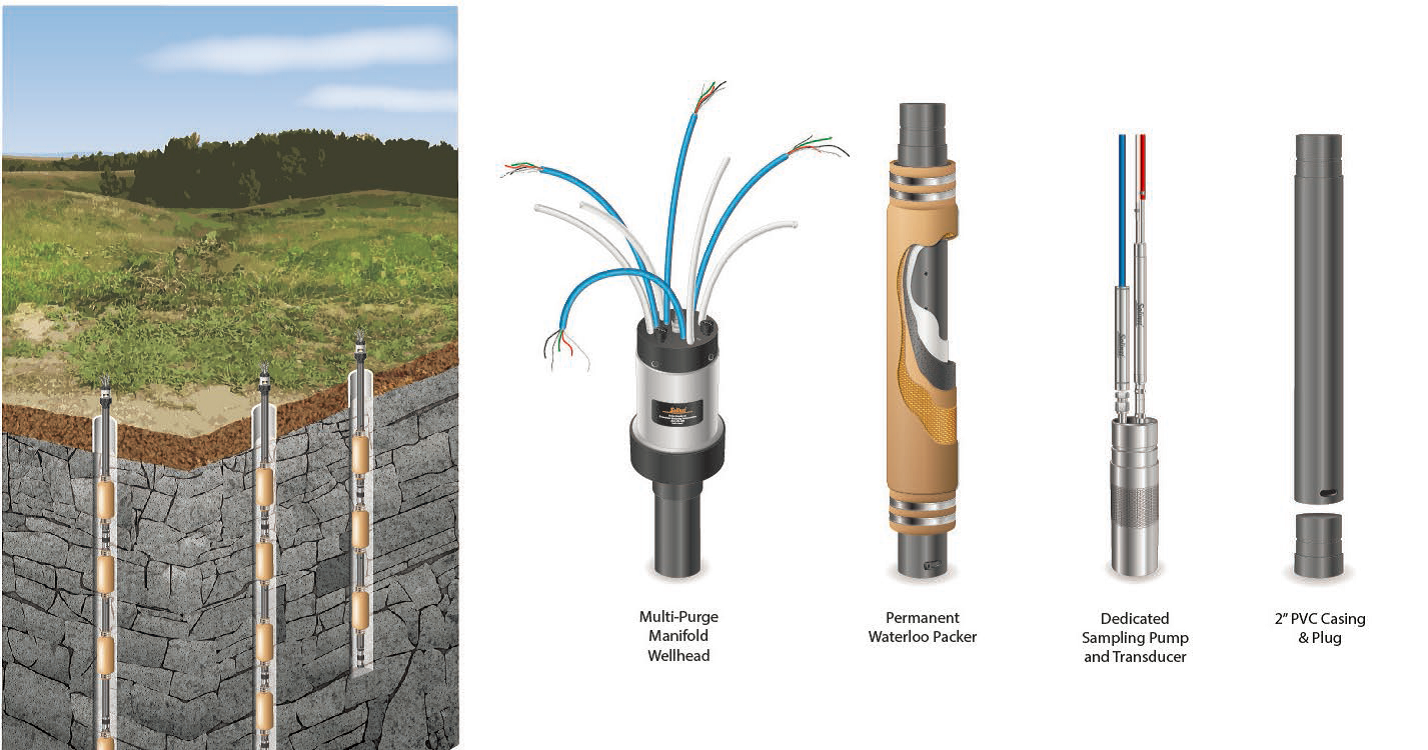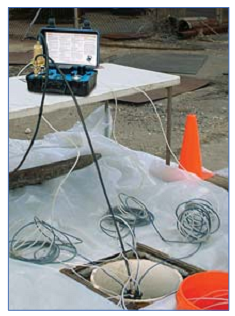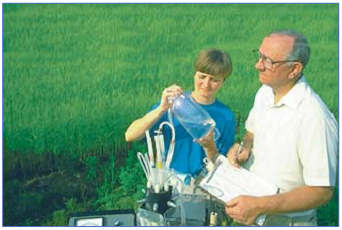| Main functions |  | ||||||||
In 1984, Dr. John Cherry from the University of Waterloo Groundwater Research Center in Canada invented the Waterloo multi-level monitoring system, and Solinst later developed into a mature groundwater monitoring system based on its basic concepts.After many improvements and developments by Dr. Cherry, the system has now become a multi-stage monitoring system designed for a single wellhead but can conduct groundwater sampling, head measurement and permeability research on pollutants for different areas.The system is widely used in the United States and Canada and has been successfully applied in several sites designed by the U.S. Environmental Protection Agency (EPA) against the Resource Protection and Recycling Act (RCRA). | |||||||||
| Application areas | |||||||||
²Define patterns of groundwater infiltration and flow ²Performance monitoring of water pumps and treatment systems ²Detection and confirmation of spatial distribution of pollutants ²Early warning/detection system for migrating pollutants | |||||||||
| Equipment composition | |||||||||
| Waterloo multi-stage monitoring system uses a modular design, with standard parts including sealed casing strings of different lengths, sealing gaskets, bottom latches and surface connecting panels.Different monitoring tubes have separate ports that are directly connected from the monitoring area to the surface connection panel.The standard system is PVC pipe with a diameter of 50 mm, with a sampling well diameter of approximately 75-100 mm, and a 915 mm long packer is used.In addition, stainless steel or Teflon pipes, as well as packers of different materials and sizes, can be customized according to customer needs. | |||||||||
| System Advantages | |||||||||
ComeCan provide three-dimensional data on underground pollutants ComeReduce project costs ComeReduce the number of cleaning and sampling times of sampling wells ComeCan effectively control the number of sampling wells ComeReduce interference to the measurement site ComeA variety of monitoring solutions available | |||||||||
| Solution application | |||||||||
An EPA management project in the northeastern United States, the system uses multi-level arrangements, and sampling personnel completed cleaning and sampling 40 monitoring areas of 10 monitoring wells in just 4 days.The project is installed in the topsoil layer using a pre-installed casing. |
A research project in the Midwest of the United States to study the impact of agriculture on water quality.The project uses 22 Waterloo systems, each monitoring 3-4 areas.The system is installed in the topsoil layer at a depth of 7.3-18.3m, and the system also uses a dedicated dual-valve pump and a peristaltic pump. | ||||||||
Origin:CanadaSolin's proposal | |||||||||

